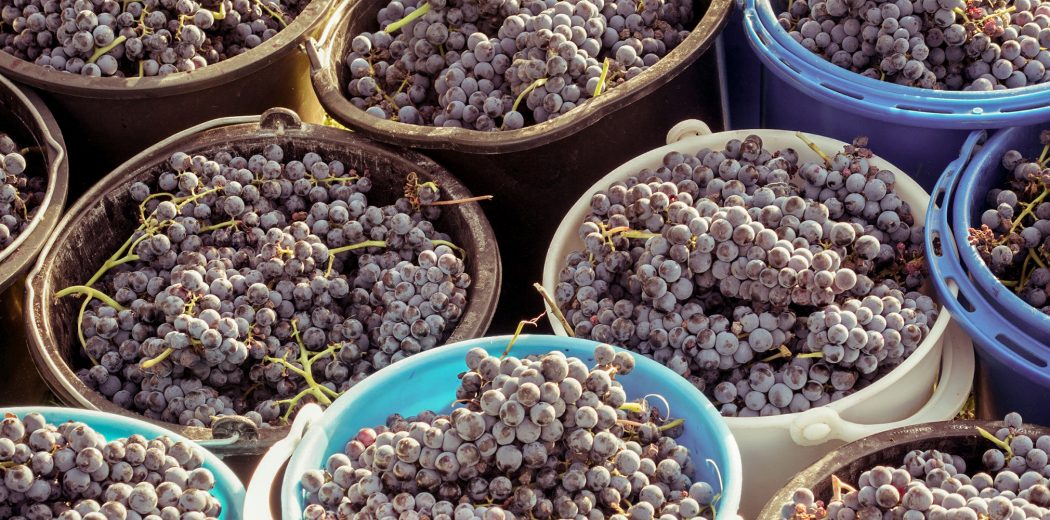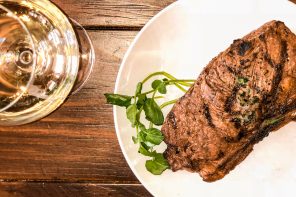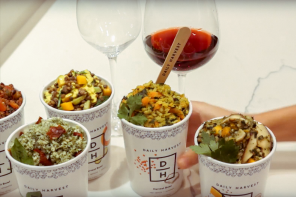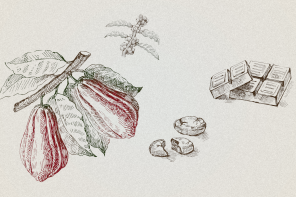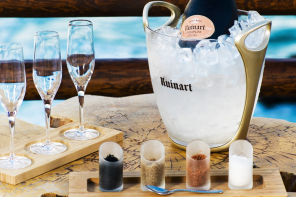With the large global market wine has today, many cultural elements have been woven together for the better. Palates may become more refined, more sensible, more adventurous. Why not have chorizo tacos with Bourgeil Cabernet Franc? The green bell pepper, jalapeño notes on each end could be amazing together.
Though, when pairing food and wine, if your goal is to create a regional experience, this is the only guide you need. It will even take you and your guests on a palate plane ride from everyday life to the crisp climates of Alsace or to the windswept volcanic island of Santorini. These cultural pairings will have you dusting off your passport and on the next flight.
One of my favorite things about wine is how this agricultural product represents the culture, food and traditions of a region. Food and wine is the perfect marriage, one as old as time. It brings families, friends and even strangers together for unforgettable experiences.
There are many different pairing categories. What makes it so fun is that these wine pairings are as fluid as the wine in your glass. There are a few factors to be considered when selecting a wine. Sometimes you may want to pair the wine to the food or the food to the wine. It may be contingent on what type of experience you’re having whether it be a fancy feast, a casual Sunday dinner or a night in with takeout.
“What Grows Together, Goes Together” is a category that represents the cultural aspect of food and wine more than the actual taste of food, although taste still has its role too. Before global trade and importing and exporting, early winemakers made wine that reflected the food of that area. Over time, these combinations evolved organically to become what we now consider to be no-brainers – of course Savennieres goes well with Sainte Maure goat cheese!
Italy is a great example of this category. From Piedmont in the north to Sicily in the south, there are many pockets of culinary mini-cultures. The palates in cooler Piedmont will differ from those in warm Sicily – as will the styles of wine they produce and the food they prepare.
Barbaresco, the famous wine made from the Nebbiolo grape, with its soft floral aromas, subtle mushroom undertones and firm acid structure, goes hand-in-hand with regional delights like tagliatelle pasta and heavenly white truffles. In contrast, Sicily’s warmer climate and proximity to the sea, are also reflected on the plate and in the glass. Seafood stews, anchovy pastas or grilled Branzino match the lemony, salty wines made from the Catarratto grape, Sicily’s most planted white grape.
The Age of Exploration brought many European grape varieties to The New World. Over time, Sauvignon Blanc made its way from France to New Zealand, which put the country on the winemaking radar. Here, the grape takes on a whole new identity. Sancerre’s notes of chalky minerals evolve into vibrant bursts of lemongrass and grapefruit in Kiwi country. These flavor changes that are based on location and climate are reflected in the food of each respective country.
Sancerre, relatively cooler and in a different growing season than New Zealand, finds its tart fruit matching perfectly with poultry, river fish and cheeses. Marlborough Sauvignon Blanc, with its ripe grapefruit and grass notes, is irresistible with local squid, swordfish, steamed prawns or roasted vegetables.
It’s necessary to have a pairing that allows wine and food to work together, not against each other. The fun in “What Grows Together, Goes Together” is gaining some exciting historical and cultural insight on the broad world of wine – while giving your taste buds an adventure too.

